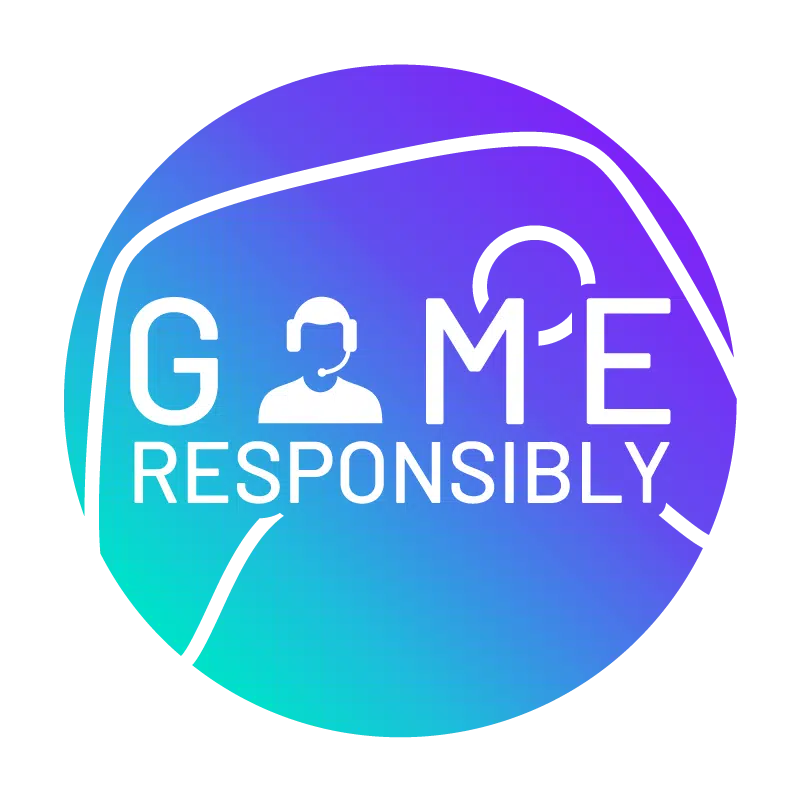Imagine you’ve just gotten home after a long day and loaded up your brand new game hoping to have some downtime and unwind… Only to find that the game you’ve paid for – requires additional in-game purchases to unlock certain features or content. Gamers, we know y’all can relate.
RIP to the golden era where game ownership only required a one-time purchase fee.
Gaming is increasingly becoming a bigger deal in households, and in this article you can expect to learn everything you need to know about safeguarding your family’s spending against unforeseen expenses.
What are the hidden costs?
Games are no longer just a one-time buy anymore, as anyone with gamers in the family will have observed. The days of purchasing a video game from a store, rushing home to play it, and then getting a free restart after finishing it are long gone.
In-game purchases are a growing method of revenue generation for the gaming industry today. You may have spent over £40 on the most recent version of Just Dance, but a monthly membership is required to access the BEST dances. Of course, it is only a few pounds, but when you start adding up the costs for each game your kids want to play that is “only a few pounds,” collectively it may begin to amount to quite a bit of money each month.
This isn’t just an issue on gaming consoles either, you’ll notice a similar pattern with downloadable games on Smartphones, Tablets and PC alike, wherein you’re inundated with in-app purchases in order to progress. A notable and memorable example of this would be a targeted pop-up message asking whether you’d like to buy more armour, coins, lives or access new levels that would otherwise remain inaccessible to you without shelling out some extra cash. All as a means of tricking you into paying for things you shouldn’t need to be paying for to begin with.
It is understandably easier for a child playing a game to be influenced and fall into the trap of purchasing these things under the assumption that it’s all well in making their progress in the game that much easier and just at the click of a ‘Buy Now’ button – with the consequence of the payments being an afterthought.
However by then it is too late, as the payment has already gone through. In fact, some younger children might not even realise that the cash translates to real money, as they may not be as clued in to how in-app purchases work, therefore making them more susceptible targets. And before their parents know it, a sum of money has left their credit cards/debit cards if connected to the device the game is being played on.
The same goes for free trial subscriptions, which serve as bait. Sure, initially the game is being played for free but once the trial period is up, you start to find automatic charges on your card if you forgot to cancel the subscription.
You’ll notice even big games like Fortnite, which has taken the gaming world by storm – features in-game purchases for the likes of upgrading your character, notably known within the game as ‘Skins’.
In addition, another big name in the gaming world notably known as FIFA is widely known for its extensive player packs, the most expensive packs of which can cost more than £15.
Now it’s one thing if it’s just a one-off occasion and your child fancies a Player Pack however it doesn’t just stop there for some gamers.
I mean… Just ask this guy here.
In short, in-game purchases are everywhere, and so it is important to be aware of what games your children are playing and also whether your finances are connected/affected as a result, as in the long run, such charges can become an issue of concern.
What are Loot Boxes?
A good example of in-app purchase normally come parading as loot boxes. You’ll notice these as they normally come in the form of a treasure chest containing mystery items which might be character enhancements, i.e. clothing, health potions or even weapons.
It’s also important to note that loot boxes are often times randomised, essentially meaning sometimes you get lucky enough to redeem an item of value within the game to help you progress but other times, you might turn up unlucky with what you receive after opening these boxes. And so essentially it’s a gamble.
Loot box regulation talks were reaching a head the previous year. MPs and lawmakers were putting out legislation, requesting studies, and calling for regulatory agencies to investigate the practice. The argument here was that loot boxes should legally be classified as a form of gambling, due to the fact that buying them does not necessarily guarantee anything valuable, as at times they can just be random items of a pointless nature/no use. Therefore the gamer is relying solely on chance – which is the prominent essence of gambling.
What is being done to counter these hidden fees and unauthorised spending?
Concerns about loot boxes have been raised because, in a small number of highly publicised cases, children have run up expensive debts without their parents’ knowledge. It is possible to spend a lot of money very rapidly when a credit card is linked to a gaming console or smartphone, especially if there are no passwords set up, and you may make repeated purchases of loot box-style things without your knowledge if your child is entrusted with your device.
The government is now debating legislation regarding loot boxes and how to categorise them. Click here to read more about the UK Government’s stance on loot boxes and how it affects young people. Many nations, including Belgium and Germany, have already taken steps to categorise loot boxes as gambling and are tightening the laws surrounding them.
However it is time for game companies and corporations to take responsibility and acknowledge that their designs are contributing to tempting children into a world of gambling, and that is something none of us want, as increased stories surface about how gambling addictions fuelled by these games are draining parents’ bank accounts of money, like the teen who spent £3,000 on FIFA.
In 2020 the Universities of Plymouth and Wolverhampton; commissioned by Gamble Aware, released a report titled ‘Lifting the Lid on Loot Boxes’ – noting that Game Developers have moved to a more business-focused approach to gaming, with developers accruing ongoing revenue through the likes of extra downloadable content, ongoing subscriptions and season passes etc.
“All innovations of which have propelled the Game Industry miles above both the music and film industry combined.”
Their study also found that in 93% of children who play video games, up to 40% opened loot boxes. A percentage which is certainly enough to call for concern.
It is a big issue which Game Developers are aware of considering the designers work on making loot boxes and these subscriptions more desirable and exciting to gamers – who will be more susceptible to falling for the bait due to the excitement, attraction and then the anticipation of what they may receive.
At the present time, it remains yet to be seen whether Game Developers do anything to change this.
So what can you do as a Parent/Guardian?
1. Parents, Guardians and even knowledgeable Gamers alike can all learn from this article and take measures such as monitoring their payment subscriptions and plans across their devices and those set up for or by their children.
2. It would also be advisable to make any payment methods you have set up on your mobile/tablet devices, as password-protected. Meaning no one aside from you can approve of payments on your cards across the devices in question. This would then mean that unassuming children are not able to spend any cash without your knowledge or authorisation.
3. It would also help to have a sit-down with your children and make them aware of scams and loot boxes – even if it’s explaining it in a much simpler way in ensuring they understand that loot boxes are not worth spending money over under the premise that a reward is not always guaranteed.
Take Precautionary Measures on You and Your Children’s Devices –
1. On PS4 and PS5
Sony PS4 and PS5 have Parental Control settings that restrict the types of games that can be played and downloaded, as well as video content that can be viewed. Parental controls are usually found within the Settings, under the Parental Controls/Family Management section.
2. On Nintendo Switch
The Nintendo Switch has various parental control options so that parents can restrict or monitor their children’s activities. The free Nintendo Switch Parental Controls app makes it easier to do so, even when you’re not at home.
If you’ve downloaded the Switch mobile app, follow the on-screen instructions under Parental Controls to sync the app and your Switch to the same Nintendo Account.
Next, using the mobile app, you can now set time limits for different users and block inappropriate content.
3. On Xbox One and Series X|S
XBOX consoles require users to be signed in with an account. Consoles apply a range of default settings based on the details of the account holder. For example, for users aged 17 and younger, purchases are usually blocked. There are two methods of setting up parental controls on your Xbox Consoles: either through the ‘Family’ feature, which allows users to group user accounts together on a console; or by signing in individually to the account that you may want to restrict.
As for purchase settings on Xbox, select your child’s account under Family and go to Privacy & Online Safety > Xbox Live privacy > View details & customize > Buy & download.
4. Google Play devices (Mobile and Tablets)
Google Play has Parental Controls to restrict the content you can download or purchase from Google Play on your device. By default, parental controls are turned off.
To switch them on, open the Play Store app on your Android device, scroll down to the Parental Controls option, and access the Settings option.
5. App Store Purchases (Mobile)
Similarly to it’s Android counterpart Google Play, Apple also provide their mobile users with Security Controls to restrict purchases and downloads from the App Store. If your iPhone is up to date, users looking to download any games or apps will be presented with a ‘Sign In with Apple ID’ window asking for your Apple ID password in order to authorise downloads/any transactions.
Furthermore, if you head to SETTINGS > Scroll down to App Store and head into Personalised Recommendations, you’ll also be able to view any Purchased Apps & Games, Subscriptions and Pre-Orders made with your account.
It’s important to note that this article is only here to inform, offer advice and help keep parents, children and gamers alike, aware of the risks that come with in-game purchases and loot boxes.
Please remember, to Game Responsibly.
Posted on 21st Oct 2022 by Natasha







